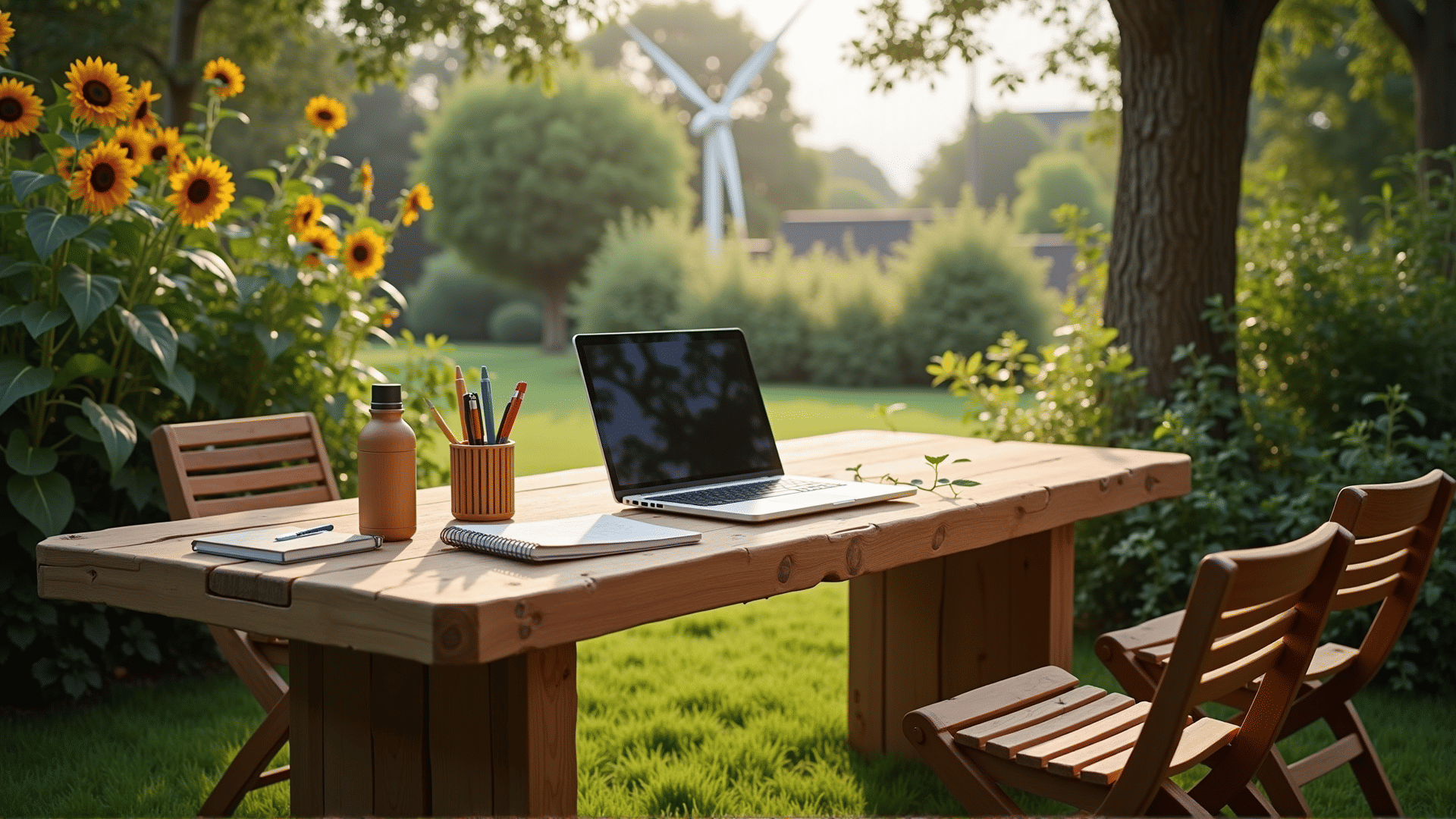Incorporating sustainable and eco-friendly practices into graphic design projects is not just a trend, but a responsibility that every designer should embrace to contribute positively to the environment. As the world becomes increasingly aware of the environmental impact of our actions, the design industry is uniquely positioned to make a significant difference. Here are some key practices that can be adopted to ensure your design projects are both beautiful and environmentally responsible.
-
Choose Eco-friendly Materials: When selecting materials for printing or packaging, opt for recycled or sustainably sourced paper. Consider using biodegradable or compostable materials whenever possible. Many suppliers now offer eco-friendly inks that are vegetable-based or soy-based, which are less harmful to the environment compared to traditional petroleum-based inks.
-
Prioritize Digital Over Print: In an age of digital communication, reducing the reliance on print materials is a significant step towards sustainability. Encourage clients to consider digital alternatives such as e-books, online reports, or social media promotions instead of traditional print products. This not only minimizes waste but also often reduces costs.
-
Optimize Design for Efficiency: Efficient design minimizes waste and energy consumption. For print projects, this means considering the layout to maximize the use of paper, reducing the amount of ink coverage, and choosing standard sizes to reduce offcut waste. For digital designs, optimize file sizes to reduce server load and energy consumption.
-
Sustainable Branding: Focus on creating timeless brand designs that do not require frequent revisions. This approach reduces the need for reprints and waste. Encourage clients to invest in versatile branding elements that only require minimal updates rather than complete overhauls.
-
Collaborate with Eco-conscious Printers: Work with printers that have strong environmental policies. Many printing companies now offer eco-friendly services and certifications, such as those from the Forest Stewardship Council (FSC) or Sustainable Green Printing (SGP) Partnership. These certifications ensure that the printer adheres to high environmental standards in their production processes.
-
Educate Yourself and Your Clients: Stay informed about new eco-friendly materials, technologies, and best practices in the design industry. Share this expertise with your clients to help them understand the benefits of sustainable design choices. Often, clients want to make responsible choices but may not know how to achieve them.
-
Support Eco-friendly Design Communities: Engage with communities that focus on sustainable design. These groups can provide valuable resources, inspiration, and networks for collaborating on eco-friendly projects. Platforms like Behance or Dribbble have groups or categories dedicated to sustainable design, where you can find inspiration and share your own work.
-
Think Beyond the End Product: Consider the entire lifecycle of your design. From concept through to disposal, each stage has environmental implications. Plan for the longevity and afterlife of products by designing them to be easily disassembled, recycled, or repurposed.
-
Promote Sustainability in Every Aspect of Design: Integrate sustainable messages and elements in your designs, promoting environmental consciousness through your work. Whether it’s using nature-inspired visuals or incorporating messages that promote environmental awareness, your designs can inspire audiences to think and act more sustainably.
By adopting these eco-friendly design practices, designers have the opportunity to lead by example and drive a meaningful change in our approach to consumption and environmental impact. Not only does sustainable design create a positive impact on the planet, but it also positions you as a forward-thinking designer who values responsibility alongside creativity.
